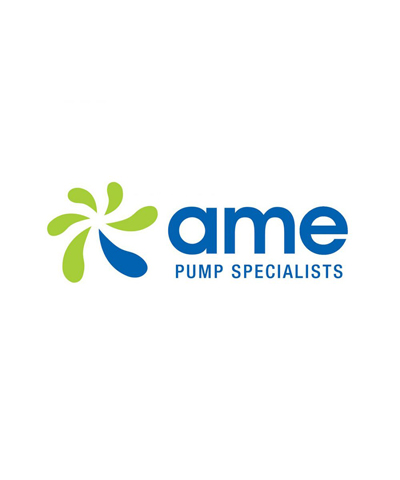The New South Wales Planning Assessment Commission has approved the Springvale Water Treatment Project, which proposes to pump water from Springvale Colliery to Mount Piper Power Station where it will be treated and used in the electricity generation process.
The Springvale Water Treatment Plant will remove Centennial Coal’s toxic pollution from the Coxs River that is part of Sydney’s drinking water supply and flows through the World Heritage Area.
President of the Blue Mountains Conservation Society, Madi Maclean, said, “The scheme will ensure more natural flows in the Coxs River by reusing mine water in the Mt Piper power plant instead of taking fresh water from the river. The addition of Thompsons Creek ensures temporary surplus mine water is stored rather than discharged.
“The Conservation Society is pleased that the Commission required removal of the original transfer pipeline from Newnes Plateau. Its removal ensures that mine water discharges do not increase beyond the capacity of the treatment plant.”
Lithgow Mayor, Councillor Stephen Lesslie, said, the project is an environmental win as it resolves the concerns of mine water that could not meet environmental discharge criteria from entering the environment, and utilises the water for a useful industrial purpose.
“The social and economic impacts of this project being approved is vital for this local government area. If it had not been approved there would have been a significant impact on employment in both the mining and electricity generating industries,” Mr Lesslie said.
EnergyAustralia also welcomed the Planning Assessment Commission’s approval of the Springvale Water Treatment Plant.
EnergyAustralia Executive, Mark Collette, said, “We’re pleased the Commission agrees this project is a strong one; balancing the need for jobs with delivering reliable, affordable and cleaner supplies of energy and protecting the environment.
“We also greatly appreciated the community’s preparedness throughout this process to
demonstrate its support for the project. The final project design incorporates the community’s suggestions around discharging surplus treated water.”












